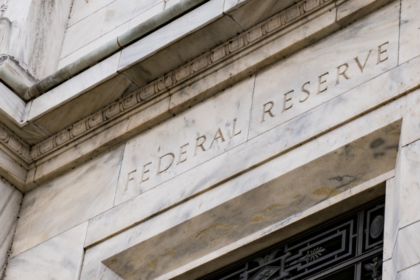In 2025, individuals under 50 can contribute up to $23,500 annually to their 401(k) plans, while those aged 50 and above have the option to add an additional $7,500, totaling $31,000. (money.usnews.com) For workers between 60 and 63, the SECURE 2.0 Act introduces "super" catch-up contributions, allowing them to contribute up to $11,250, bringing their total contribution limit to $34,750. (nasdaq.com) Financial experts recommend aiming to save at least 15% of your annual income for retirement, including employer contributions. (fidelity.com) This approach leverages the benefits of tax-advantaged accounts and compound interest to build a substantial retirement fund.
Revamping Your Retirement Strategy Ahead of 2025 As 2025 approaches, significant modifications…
Explore Essential Yet Overlooked Financial Goals to Enhance Your Economic Well-being
Embrace a Fresh Start: Unique Financial Resolutions for the New Year As…
Understanding the Surge in Bitcoin, Banking, and Stock Market Following Trump’s Victory
Market Soars: The Impact of Trump’s Election Victory on Investments The stock…
Should You Spread Out Your Investments Gradually or Make a Lump Sum Investment?
Deciding Between Lump-Sum Investing and Dollar-Cost Averaging When fortunate enough to receive…
Strategies for Effective Money Management
Mastering Your Personal Finances: A Comprehensive Guide Understanding the Basics of Personal…
Four Strategies to Capitalize on the Federal Reserve’s Decrease in Interest Rates
Understanding the Recent Federal Reserve Interest Rate Cut Recently, the Federal Reserve…









